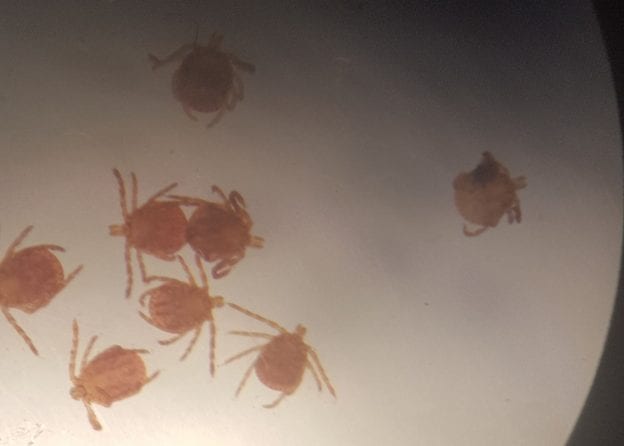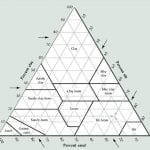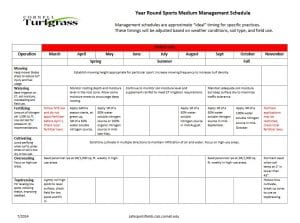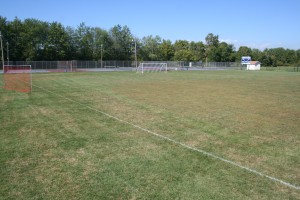“An investment in knowledge pays the best interest.” – Benjamin Franklin
We at the New York State IPM Program work to ensure we are up on the latest information that is important to help you protect students and staff from pests. Here are some resources that have recently crossed our desk.
Educating Staff
IPM in any setting is not an one-person job. In schools, without help from staff and students, IPM is nearly impossible. P also stands for people! Janet Hurley Extension Program Specialist III – School IPM from Texas A&M AgriLife Extension Service discusses The Importance of Educating Staff about Your IPM Program.
Stop School Pests has changed its name to the Pest Defense for Healthy Schools to emphasize its dedication to creating healthy, safe spaces for students and school staff by preventing pest problems such as mice, cockroaches, bed bugs, ants, and lice. The online professional training is targeted for specific school audiences including custodial staff, school nurses, grounds managers, school administrators, maintenance professionals, teachers, food services professionals, and pest management professionals.
School Safety
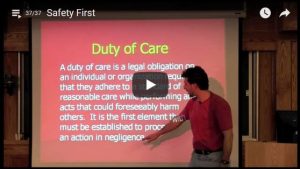
Cornell University turf specialist Frank Rossi talks about how to manage athletic fields to reduce injuries.
This isn’t new, but it’s a must see for all school administrators, athletic, and grounds department staff. Safe sports field management will help to reduce the risk of injuries.
Frank Rossi, Cornell Turfgrass Extension Specialist, describes basic level of care of athletic fields in the video, Duty of Care.
Ticks
With the funding of the Don’t Get Ticked New York campaign, we have been pretty dedicated to (read: obsessed with) keeping up-to date on tick information. Here is some of the latest news.
T he Public Tick IPM Working Group has created a document, Tick Management Options, showing some of the most effective control strategies. A number of these options would require an emergency exemption and application by a certified pesticide applicator.
he Public Tick IPM Working Group has created a document, Tick Management Options, showing some of the most effective control strategies. A number of these options would require an emergency exemption and application by a certified pesticide applicator.
Researchers at the University of Cincinnati looked into the behavior of hungry ticks. The metabolism of ticks that had not fed for more than 36 weeks increased by as much as 100% and remained high for weeks. This has implications for adult ticks that failed to find a host in the fall. They can not only be active when the temperatures are above freezing, but will be more active in searching for a new host during the winter when the public is least likely to be thinking of tick protection. Hungry ticks are also more likely to venture into less desirable habitat – like your athletic fields. Hungry ticks work harder to find you
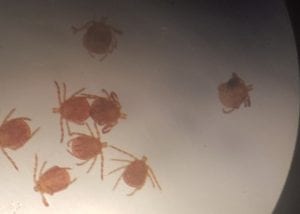
An Asian longhorned tick showed up in a sample of lone star ticks collected in Rockland County. The one with the short, stubby mouthparts is the longhorned tick.
Asian longhorned ticks are a troublesome new addition to an already difficult issue. First discovered on a farm in New Jersey in August 2017, we now know that they have been in the United States since at least 2010 and has been identified in nine states, including New York. So far they don’t find humans to be a particularly attractive host and tested ticks have had any disease pathogens. Which is great news. But, there is a lot we still don’t know about this tick. A recent webinar Discussions on the Invasive Longhorned Tick, Haemaphysalis longicornis organized by the Northeast Regional Center for Excellence in Vector-Borne Diseases provides a lot of information
Need more information on school and childcare IPM? Visit our Schools and Daycare Centers page.

